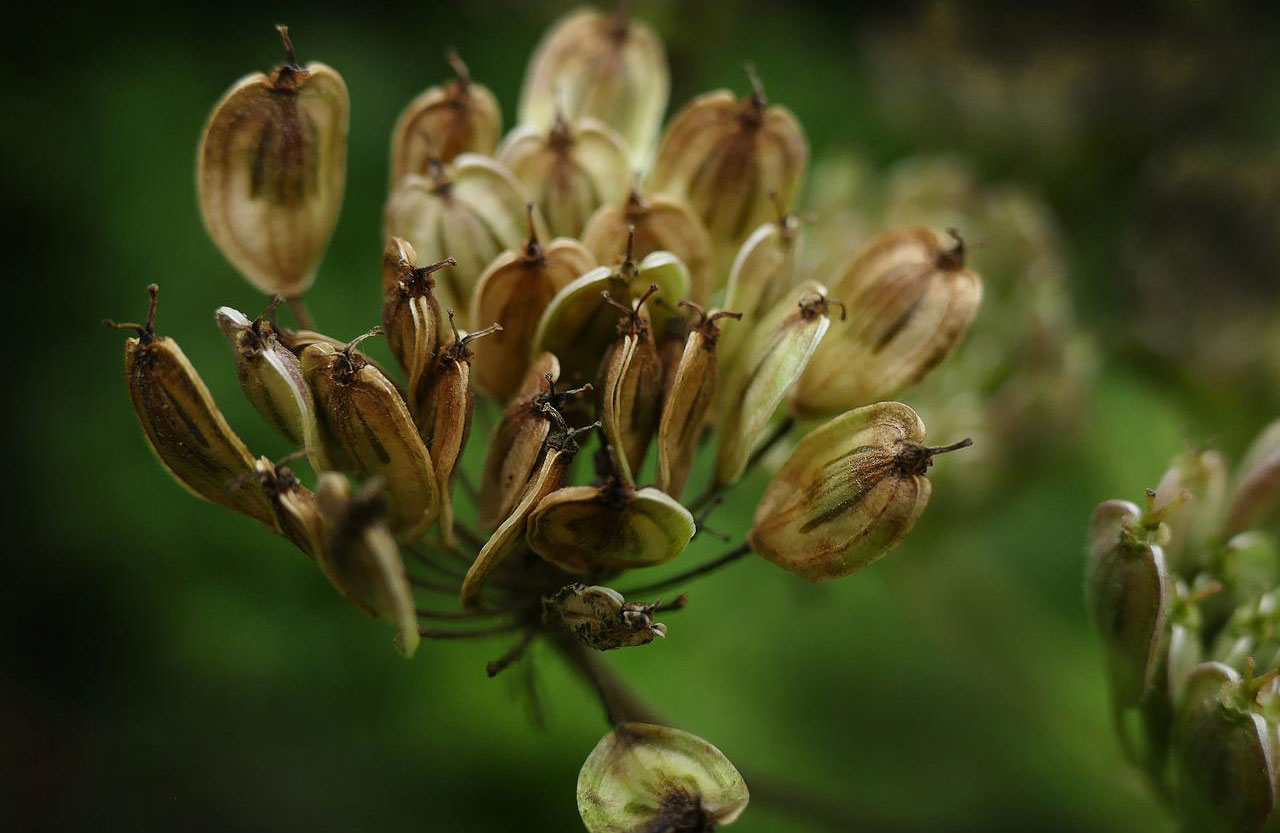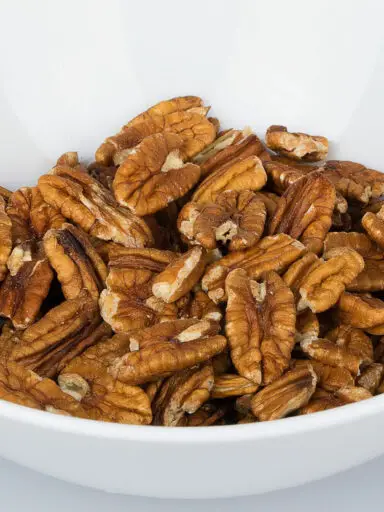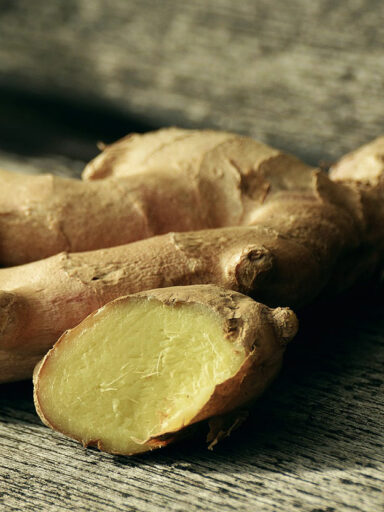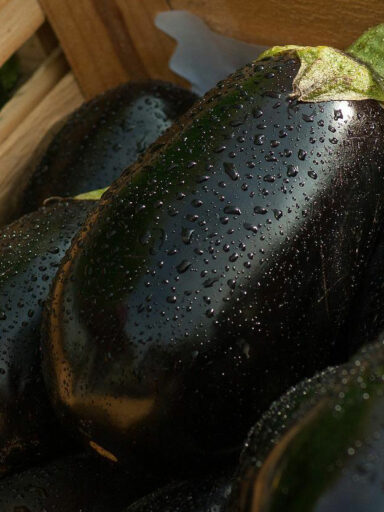Anise is a herbal shrub with a fruit also known as aniseed. It is a flowing plant that botanically belongs to the family Apiaceae. It is native to Southeast Asia and the Mediterranean region.
The plant which grows to about half to one meter tall is grown for its seed which has a flavor similar to that of fennel, licorice, and star anise. The flavor comes from the essential oil it possesses.
The anise plant grows best in fertile and well-drained soil. Cultivation is believed to have started in and around Egypt and the Middle East.
The seeds are generally about three to four millimeters long and feature an oblong shape. It is a light brown color with thin stripes along its surface.
The dried, as well as ground anise, can be found in stores and marketplaces throughout the year. When purchasing either choose to buy from organic stores to ensure the best quality. When buying the ground anise make sure you purchase from reputable sources so as to avoid buying adulterated powder.
You should also not buy too much as within a couple of months or so they lose their flavor through evaporation of the fragrant oil.
The best seeds to buy are those that are olive green or greyish brown in color. Good seeds should leave an aroma on your fingertips if rubbed in between them.
Anise should be stored in an airtight container in a cool and dark place.
Culinary Uses of Anise
You can use the seeds, oil, and young fresh leaves in your cooking. They can be added to savory and sweet dishes with the anise being slightly toasted to bring out the flavor where desired. The spice is best added to the dish at the last moment before serving to prevent the evaporation of the essential oils.
Anise can be used to flavor sauce and soup preparations. It can be used on meat and vegetable dishes as well as in baked goods such as bread, cake, cookies, biscuits, and candy preparations.
It can be used to flavor salad and dessert preparations. It is also a common ingredient in herbal tea and commercially in liquor such as anisette and sambuca among others.
Nutritional Benefits
Anise provides 337 calories per 100 grams. It is rich in carbohydrates, fat, and protein. It contains no cholesterol or saturated fats. Anise is also a great source of dietary fiber and anti-oxidants. It is a rich source of B-complex vitamins as well as other vitamins and minerals.
Anise is a rich source of niacin, pantothenic acid pyridoxine, riboflavin, and thiamin. It is also a good source of folates. It is a good source of vitamin A and vitamin C.
This plant is rich in potassium and calcium. It is also a very rich source of copper, iron, and manganese. It is also rich in magnesium, phosphorus, selenium, and zinc.



